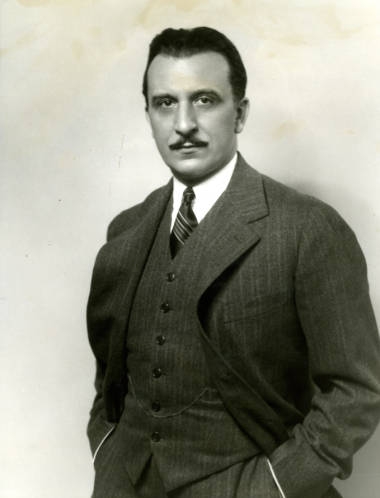Samuel S. Stratton

Back to Middlebury History Online
In 1942 Samuel S. Stratton was directing war efforts in Washington, D.C., when Middlebury appointed him its 11th president. He began his tenure in the midst of World War II and in the wake of the trustee’s dismissal of one of Middlebury’s most beloved presidents, Paul D. Moody. When Stephen Freeman formally introduced the new president to the student body at chapel on January 7, 1943, Stratton faced an enrollment so low that Middlebury was considering dismissing faculty or even shutting down.
He deftly avoided disaster by securing a government contract on April 3, 1943, which provided for the establishment of a Navy V-12 Training Program on campus. The V-12 Program brought over 500 military recruits to campus to live in dorms and attend classes taught by Middlebury faculty and has been credited with saving the college.
The V-12 solution, however, placed great demands on the faculty. They managed heavy course loads with no commensurate pay raises, and the tension that resulted characterized their relationship with Stratton throughout the early post-war years.
In 1945, at the end of the war, enrollment exploded, which taxed the limits of Middlebury’s campus, administration, and faculty. Stratton accepted the challenge to expand the undergraduate population, which meant that he had to build adequate facilities, nearly double the number of faculty, and build a whole new administrative team under severe financial and time constraints. Stratton’s decisive, timely, and innovative leadership answered the challenges of postwar growth, and by 1950 he began his most productive years as president.
During the Stratton years, the faculty grew from 65 to over 100, and salaries increased by nearly 153 percent, encouraging curricular reform and expansion. Student enrollment increased from 780 to 1317, and Stratton encouraged reducing student course requirements from 5 to 4 each semester. Two departments–fine arts and religion–were added to the curriculum; summer programs were expanded; and the Graduate Schools Abroad Program was instituted. The physical plant also increased dramatically after constructing eight major buildings and several major renovations. Indispensable to Stratton’s success was Walter Brooker ‘37, who in 1958 was hired as the college’s first full-time development and public relations officer.
By the end of Stratton’s presidency in 1963, the endowment had soared from less $4,800,000 to over $11,000,000, and Middlebury enjoyed a robust enrollment, greater stature, and a revitalized mission. Stratton died in 1969 just before his 71st birthday.

